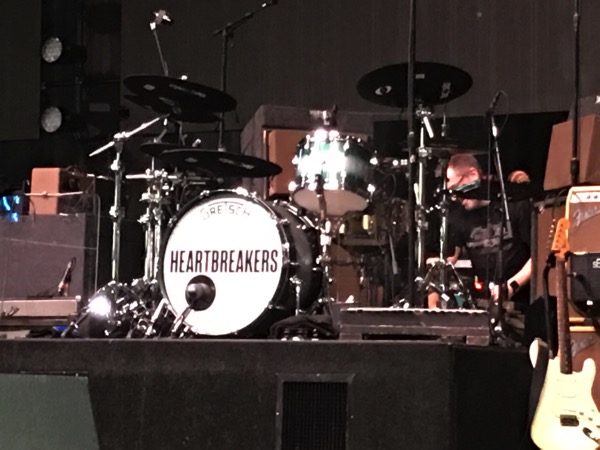
State of the Mix 2018 – Exciting Drums

I was working on a mix the other day and noticed I’ve been approaching how I build my drum kit mix a little different than in the past. If you’ve been reading for a while, you probably know I go through different phases with this(and everything else) and just like the last phase right now I think this is “the one”. Well, at least until the next “one”.
First let’s talk about goals. My goal with the drums is to have them work more or less as one instrument. Each piece of the drum kit is a “note” so I want those notes to carry relatively the same amount of weight in the mix. To me, the rhythm section is the heartbeat of a song so it needs to drive the bus in a certain kind of way. I also think it is kind of the excitement engine for the song. So the excitement level of the drums will often directly affect and even dictate how exciting the song is. These two reasons alone are why having a solid drummer is an absolute imperative if you want great music. There are members of a band where you can maybe cut corners, but the drummer is NEVER one of them. The whole thing hinges on him/her. I can’t count how many church bands I’ve heard that would sound great if their drummer improved.
So let’s talk about making the drums one instrument. I start with the close mics and in particular the snare mic.
Wait wait. I thought you were supposed to use the overheads for the sound of the kit?
Yeah, I’ve done it that way a lot, and I’ve learned some things along the way.
First, I noticed I always end up relying on the close mic for the core of the sound of each drum. Every once in a while I’ll do something where I really need the core of the drums to come from the overheads, but the sound of modern drums I’m used to–especially in modern worship music–largely come from close mics and in a lot of cases these days added samples from close mics on recordings. Bethel, Hillsong, Passion, Jesus Culture, Elevation Worship, etc. have drum sounds that are predominantly from the close mics and/or samples.
Look, the reality is you’re not going to get a modern kick sound from overheads. They’re just too far away, and the kick’s beater head is off-axis. In some cases you can get something tight and punchy and very direct sounding on the rest of the toms and snare with overhead mic’s, but a lot of that comes down to the acoustical environment the drums are in.
I mix in a variety of environments right now with a variety of setups and talent behind the kit. I get everything from full-on sealed fishbowls all the way down to raw drums on the stage. Overheads work different in each scenario, and the reality is in most of my current mixing scenarios it would be very difficult and more work than it’s worth to try and make overheads work as the core of my drum mix. Don’t get me wrong, though, because I want to get the most I can from overhead mics as I’m not a big “cymbal mic” person. I just know that they’re not going to be the core of my sound.
So I start with the snare close mic’s. To me, the backbeat is the driving force in rhythm for popular music, and that is handled by the snare drum in the majority of popular music and especially in worship music. I’ve heard some engineers mention the kick is more important today, but I’d debate that. I think the kick is definitely more important in today’s popular music than it was in the music I grew up with, but the varying frequency limitations of playback systems still make it a challenge for the kick to overtake the snare in importance and prominence. Plus, in church world the kick drum is also far more likely to generate complaints than any of the other drums in the kit. If anything I see snare and kick more as equals these days.
So I add the kick in once the snare is working. My goal now is to get the two playing off each other in sort of a give and take, call and response manner. Then I add the toms.
Finally I add in the overheads. I will often solo them up and still try and get them working as “kit” mics when I can. In a lot of situations, though, I end up high-passing them pretty high and really just focus on using them for cymbals. It’s really situationally dependent because as I mentioned, I’m not a fan of cymbal mics.
With the overheads kind of dialed in, I’ll feather them up into the kit mix until I get the cymbals where I want them relative to the drums in the room. One thing that’s important in this stage is to watch the phase relationship between the close mics and the overheads. If I’m not high passing the overheads up into the mid-range, I’ll often flip the polarity on the overheads to make sure I’m not losing the meat of the snare when the overheads are up. In the past I’ve delayed close mics back to the overheads to help with phase. I still do that on occasion live, but if I do it’s usually by ear these days.
What about the excitement part? Well, that’s a little harder to articulate, but I’ll offer a couple things. First, I believe that excitement requires punch. So I’ll use whatever processing I need and have access to in order to make sure the punch of the drums is right. While I am most often emphasizing and enhancing punch, there are times when I need to de-emphasize it.
A second thing I want for excitement is clarity. This kind of goes along with punch, but for me punch is a little more visceral. I see clarity as more about the actual articulation of the drums in the context of the mix. So, one of the things I go by is something I’ve heard Chris Lord-Alge mention: the snare should be as bright as the vocals.
Fundamentally I think I’m achieving the same kind of thing with drums in my mixes as I have been for years. This hasn’t reinvented my wheel. What it has done, though, is fit better with the live mixing scenarios I’m in relating to time available and the talent behind the kit.
What have you been doing lately in mixing drums? What’s working for you and what are you struggling with?

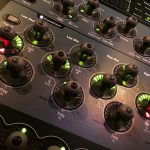 Next Post
Next Post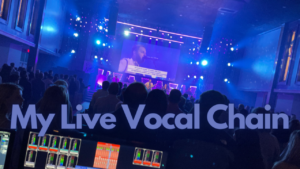
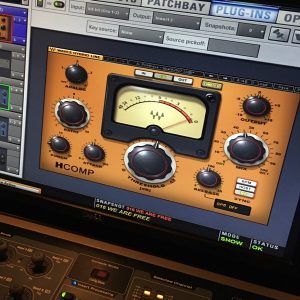
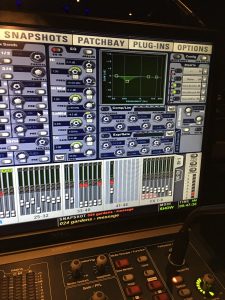
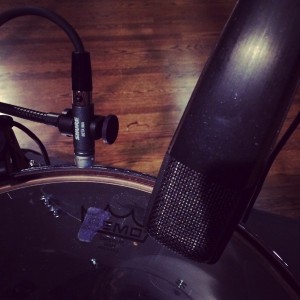



I waited but since people with a lot more knowledge haven’t commented I guess I’ll share 🙂
This article really resonates with how we want our drums in a church setting to sound. My opinion is close mic’ing enables using the channel processing available at FOH these days. Dave’s article on parallel compression for drums made a dramatic improvement on our drum sound. Though I haven’t tried close mic’ing cymbals I switched our two overheads to an XY configuration to eliminate phase issues.
Now that elec guitarists are using IR and modellers for us the drums require the most time, care and feeding- cracked $800 cymbals, replacing heads, tuning, lot’s of mics and mic placement, etc. I wonder what typical kits will look like in 10 years?